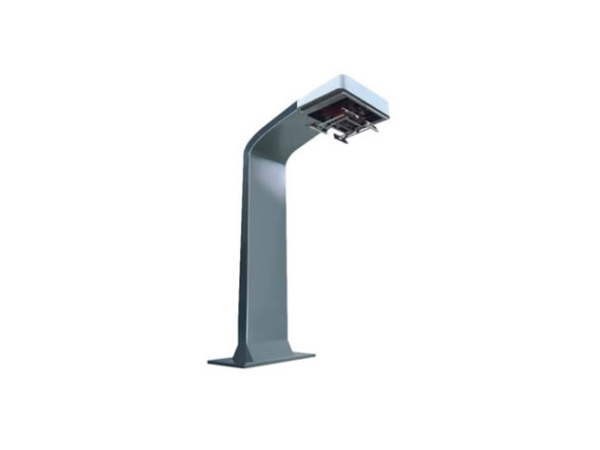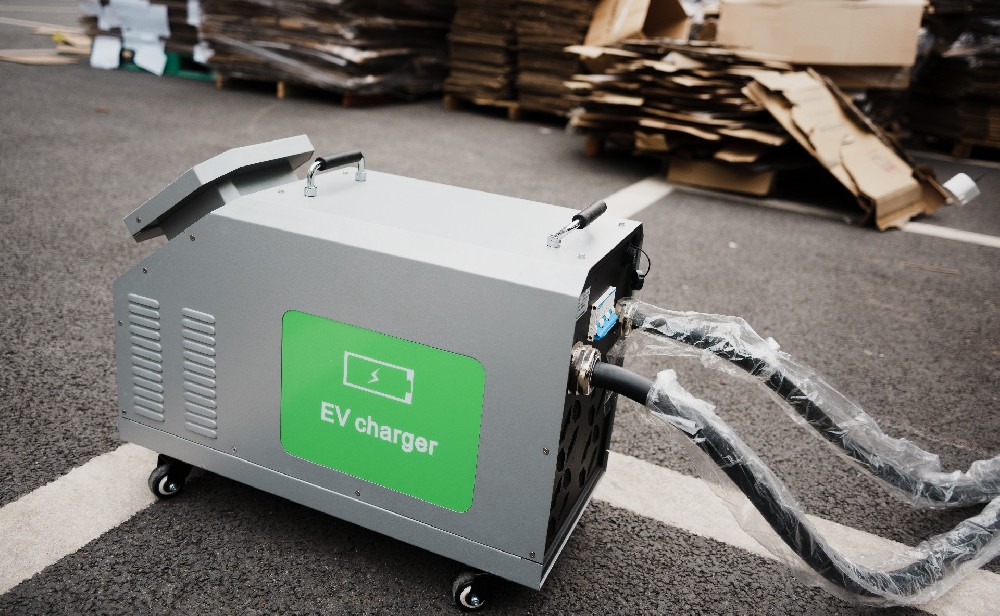-
13822183778@139.com
-
13822183778
Three requirements and steps for the installation of charging piles
Regarding the online messages, Jingneng New Energy, the manufacturer of charging piles, has paid close attention and checked each one. The questions asked most frequently are basically about how to solve the problems in installing charging piles. Today, let's follow the editor to learn more.

Step 1: Submit the application and review the materials.
Generally speaking, after a car owner purchases an electric vehicle, the charging pile manufacturer submits the application materials to the power supply company. The materials required include a copy of the user's ID card, the confirmation letter for the charging conditions of new energy small passenger vehicles, the property management's consent to install the charging pile, and the proof of parking space ownership.
You need a fixed parking space, whether it's a property-owned one or a leased one for more than six months. This is a basic necessity.
Step Two: Installation and Construction
After the manufacturer finalizes the construction plan, it's time for the installation and construction. Depending on the conditions of each community and the location of the garage, the construction time varies. Some can be completed in just 2 hours, while others may take a whole day to finish.
Step 3: Acceptance as qualified
After the construction is completed, the charging pile manufacturer will report to the power company. The power company will then conduct an on-site inspection. If the inspection is qualified, the power company will affix a seal to the electricity meter and make the corresponding electricity card. The charging pile company will collect it and transfer it to the owner, or the owner can go to the power supply bureau to collect it themselves.
Let's talk about the installation of home charging piles. During the installation process, it is inevitable to encounter some problems. Some of these problems arise from the differences between users and power grid companies or property management during the negotiation process, which hinders the installation. There are also some problems that can be predicted in advance.
For instance, some residential areas permit the rental of parking spaces for the installation of charging piles. Some homeowners, without full understanding, choose to purchase parking spaces before installing charging piles. In some old residential areas, the property management may consider the overall electrical capacity of the community and prohibit the installation of charging piles. Therefore, it is very necessary to understand the situation from the property management in advance and communicate well.
 How long does it take to charge ···
How long does it take to charge ···
 DC Fast Charging CCS type 2 plug
DC Fast Charging CCS type 2 plug
 The high-voltage and high-curren···
The high-voltage and high-curren···


